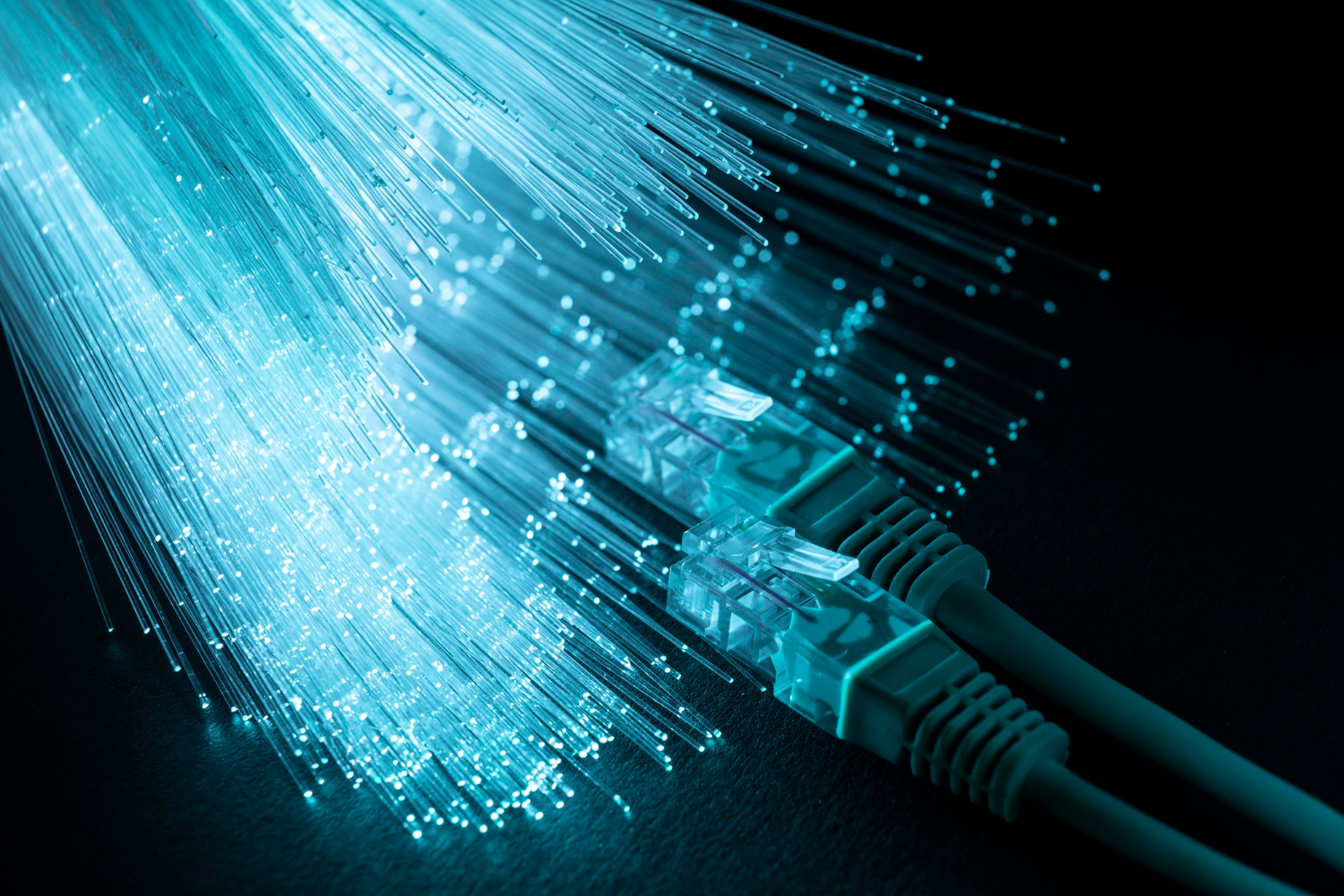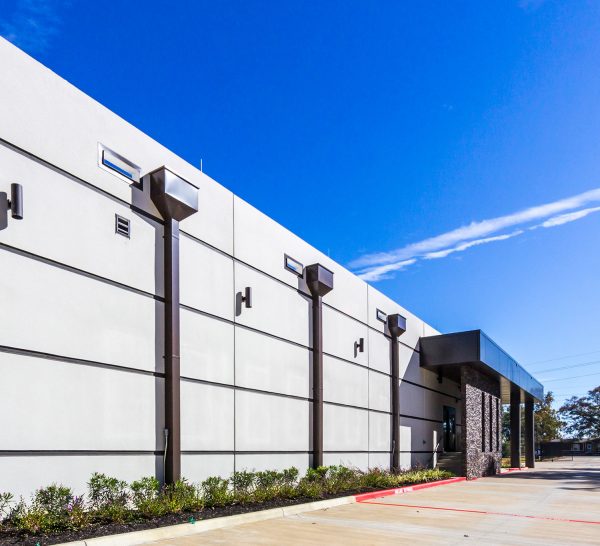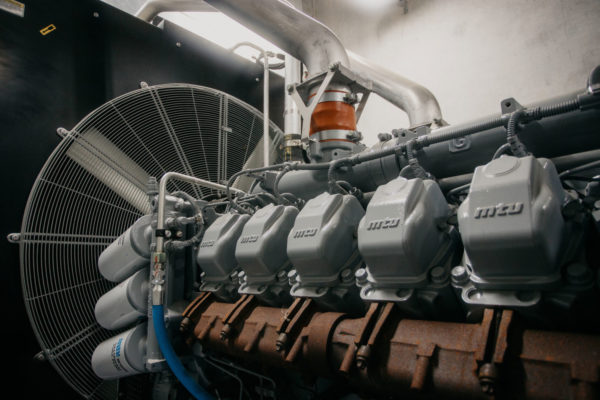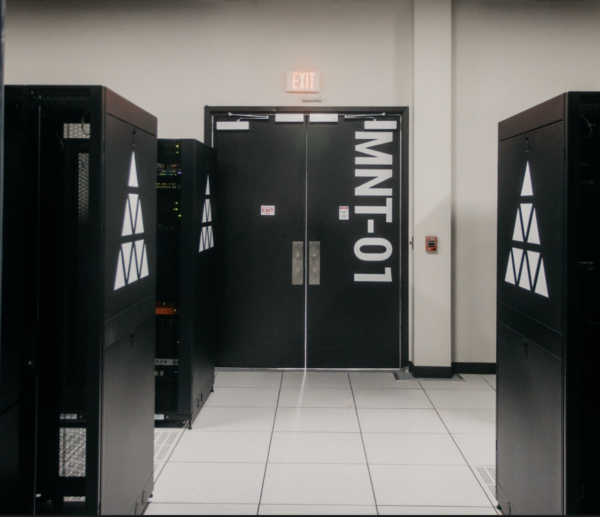In today’s data-driven world, fiber optic technology is the backbone of high-speed communication. Whether you are upgrading a data center, building a corporate LAN, or connecting facilities across campuses, choosing the right type of fiber optic cable is essential. Two of the most common options are single-mode and multimode fiber.
While both carry data using light through glass or plastic fibers, their design, performance, and applications are significantly different. Understanding these differences will help you make the best choice for your specific needs.
What is Fiber Optic Cable?
A fiber optic cable transmits data using pulses of light rather than electrical signals. Each cable consists of a core, cladding, and protective outer layers. Light travels through the core, which is made of glass or plastic, and the cladding ensures the light stays inside by reflecting it back into the core.
The main benefit of fiber optics is the ability to transmit data at incredibly high speeds over long distances with minimal loss compared to copper cables. But not all fiber optic cables are created equal. This is where single mode and multimode fibers come into play.
What is Single Mode Fiber?
Single mode fiber uses a very small core, typically around 8 to 10 microns in diameter, allowing only one path or mode of light to travel through the cable. This design minimizes light reflection and dispersion, enabling signals to travel longer distances without losing quality.
Single mode fiber is designed for long-haul communication. It is commonly used by telecommunications companies, internet service providers, and large data centers where data must travel many kilometers. It operates at higher wavelengths, usually around 1310 nm and 1550 nm, which further reduces signal loss.
Key features of single mode fiber include:
- Extremely low signal attenuation
- High bandwidth capacity
- Best suited for long-distance applications, sometimes spanning up to 40 km or more without amplification
What is a Multimode Fiber?
Multimode fiber, as its name suggests, allows multiple light paths or modes to travel through the cable at once. It has a larger core, usually around 50 or 62.5 microns in diameter.
While this allows the use of less expensive light sources like LEDs, it also leads to a phenomenon called modal dispersion. As multiple modes of light travel at slightly different speeds, the signal can become distorted over longer distances.
Multimode fiber is designed for shorter-distance communication, such as within buildings, campuses, or data centers. It is often used for high-speed local area networks (LANs) or backbone cabling that does not require the long reach of single mode fiber.
Key features of multimode fiber include:
- Larger core size for easier installation and alignment
- Ideal for short to medium distances (typically up to 2 km with modern equipment)
- Generally more affordable than single mode systems due to cheaper transceivers
Single Mode vs Multimode Fiber: Key Differences
When comparing single mode and multimode fiber, several technical differences stand out. These differences directly impact performance, cost, and use cases.
1. Core Size
The core of single mode fiber is smaller, about 8 to 10 microns, compared to the 50 or 62.5 microns found in multimode fiber.
This small core size in single mode fiber allows only one light path, reducing signal distortion over long distances.
2. Distance and Signal Loss
Single mode fiber is optimized for long-distance communication. It can transmit data over 40 km or even hundreds of kilometers when combined with amplifiers and repeaters.
Multimode fiber, due to modal dispersion, is limited to shorter distances, usually up to 2 km with the latest OM5 fiber standards.
3. Bandwidth
Single mode fiber has virtually unlimited bandwidth because it allows a single path of light, making it ideal for future-proof networks.
Multimode fiber, while fast, has lower bandwidth capacity because multiple light paths can interfere with one another.
4. Cost
For single-mode, the fiber itself is often cheaper, but the transceivers and laser light sources needed are more expensive.
Multimode fiber, on the other hand, uses affordable LEDs or VCSELs, making the overall system cheaper for short-range deployments.
5. Color Coding
In terms of industry standards, single mode cables are typically yellow, while multimode cables are orange, aqua, or lime green depending on their classification (OM1, OM3, OM4, or OM5).
Types of Multimode Fiber
Multimode fiber is categorized into different grades, known as OM (Optical Multimode). These grades determine bandwidth capacity and supported distance.
- OM1: The oldest standard with an orange jacket and a core size of 62.5 microns. It supports up to 1 Gbps over 300 meters.
- OM2: Similar to OM1 but with a 50-micron core and higher performance, supporting 1 Gbps over 600 meters.
- OM3: An aqua-colored cable that supports 10 Gbps up to 300 meters and 40 or 100 Gbps over shorter distances.
- OM4: An improved version of OM3 with 10 Gbps up to 550 meters and better support for 40 and 100 Gbps.
- OM5: The latest generation designed for wideband transmission and optimized for 40 and 100 Gbps over up to 150 meters.
When to Choose Single Mode Fiber
Single mode fiber is the clear choice when your application demands long-distance communication, extremely high bandwidth, or the ability to scale over time. Examples include:
- Telecommunications and ISP backbones
- Long-distance campus connections
- Interconnecting data centers across cities or regions
- Cloud services and high-frequency trading systems that cannot tolerate latency
Although the upfront cost is higher, single mode fiber is considered a future-proof solution due to its performance and scalability.
When to Choose Multimode Fiber
Multimode fiber is the preferred choice for short to medium-range networks where cost is a bigger factor than ultimate reach. Common use cases include:
- Internal data center cabling
- High-speed LANs
- Campus backbone connections
- Small to medium-sized business networks
The lower equipment cost and ease of installation make multimode fiber a cost-effective solution for many organizations.
Advantages of Single Mode Fiber
- Virtually unlimited bandwidth and long reach
- Minimal signal attenuation and low latency
- Suitable for 5G and emerging high-capacity applications
- Less interference and distortion
Advantages of Multimode Fiber
- Lower overall cost for short distances
- Uses cheaper light sources (LED or VCSEL)
- Easier to work with and align due to larger core
- Ideal for high-speed connections within confined areas
Challenges and Considerations
While both fiber types are powerful, they require careful planning. Single mode systems, although high-performing, demand precise equipment and splicing techniques.
Multimode fiber, while easier to handle, can be limiting for future upgrades if your bandwidth needs grow beyond its capacity.
Organizations must also consider factors like network design, total cost of ownership, and potential future expansions before deciding which fiber type to deploy.
Single Mode vs Multimode: Which One is Best for You?
The choice between single mode and multimode fiber ultimately depends on your network’s distance, bandwidth requirements, and budget.
If your infrastructure spans multiple miles or requires the highest speeds with minimal latency, single mode fiber is the better choice.
For more localized environments such as internal data center cabling or office networks, multimode fiber offers excellent performance at a lower price point.
Future Trends in Fiber Optics
The demand for higher bandwidth continues to grow with the rise of cloud computing, 5G, artificial intelligence, and IoT devices.
Because of its scalability, single-mode fiber is expected to dominate large-scale deployments, while multimode fiber remains strong in niche environments like short-range, ultra-fast networks.
Hybrid networks are also emerging, where organizations use both fiber types depending on the application. For instance, single-mode might connect buildings, while multimode handles the internal wiring within each facility.
Summary
Both single-mode and multimode fiber are powerful tools for modern networking, but their strengths lie in different scenarios.
Single-mode shines for long distances and maximum performance, while multimode is cost-effective for shorter runs.
By understanding your network needs, you can build a fiber infrastructure that is both efficient and future-ready.
Learn More About Single Mode vs Multimode Fiber
Looking to design or upgrade your fiber network with the right technology for your business needs
At TRG Datacenters, our experts can guide you through choosing between single mode and multimode fiber, ensuring your network is fast, secure, and scalable. Whether you are building a new data center or upgrading your connectivity, we can help you make the right call.
Contact us today to explore custom fiber solutions that drive performance and reliability.
Looking for colocation?
For an unparalleled colocation experience, trust our expert team with three generations of experience







